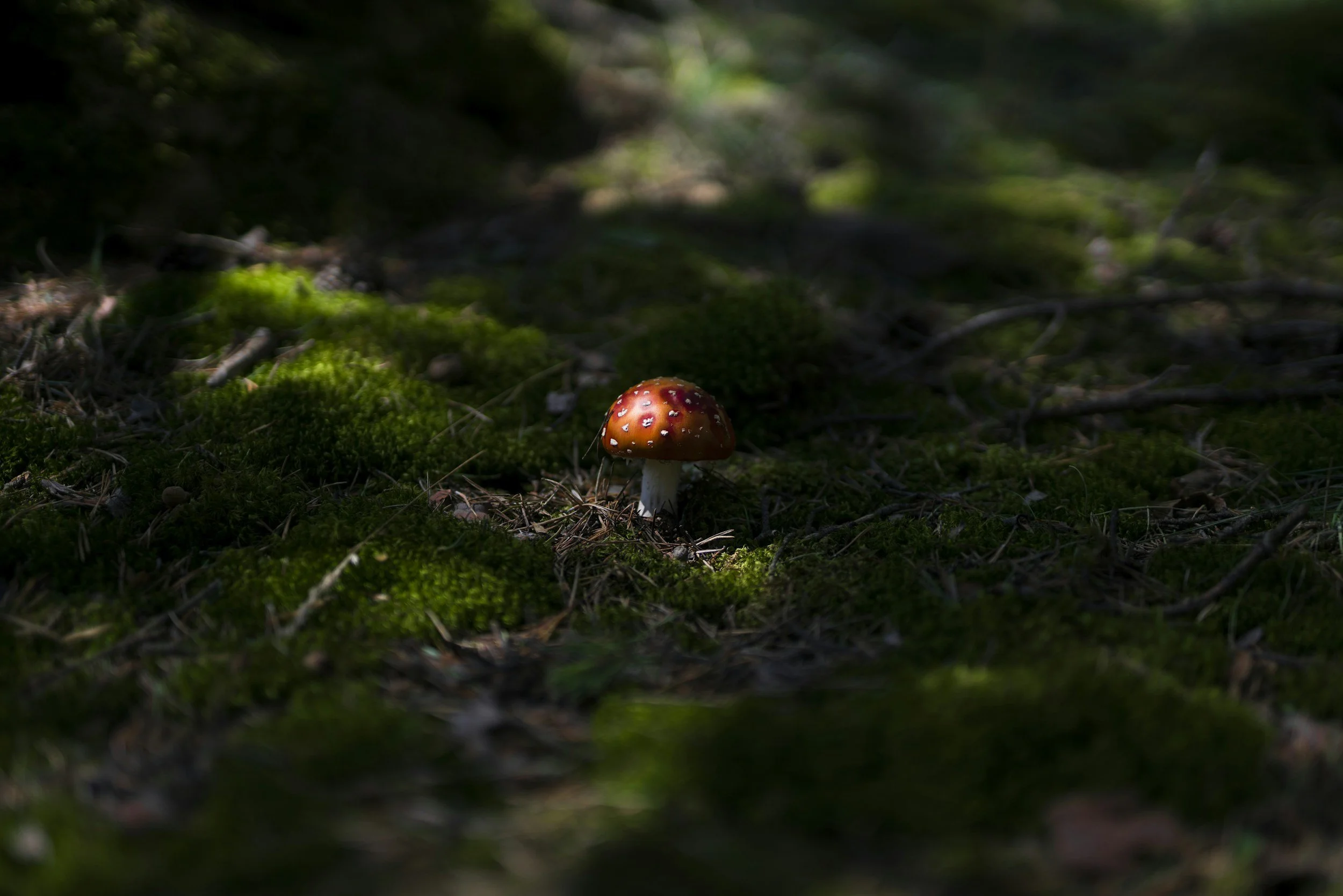
Toxic Botanicals and Cautionary Plants
The darker garden — where beauty, poison, and forbidden knowledge entwine.
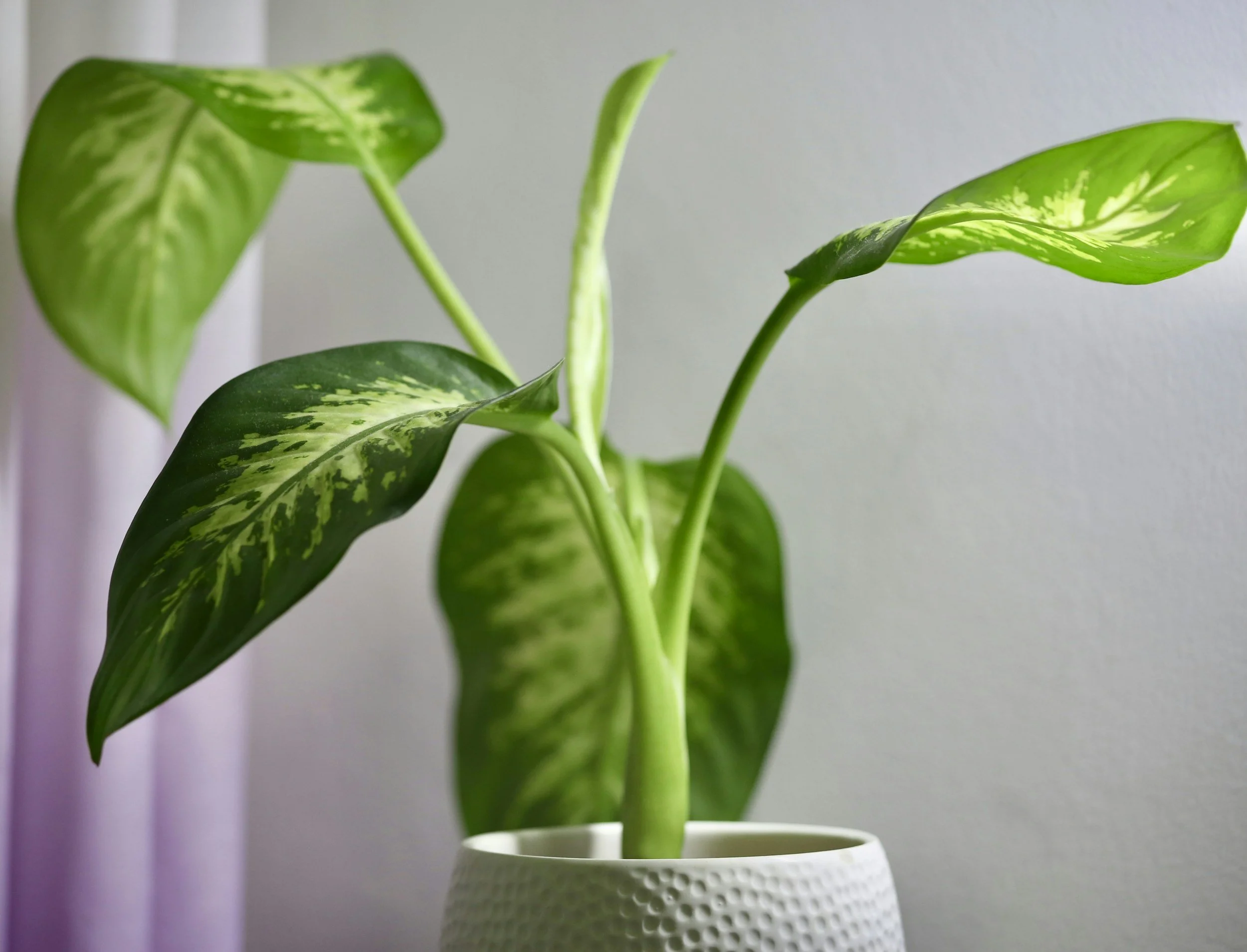
Dieffenbachia Magic: Protection, Warding, and the Silent Sentinel
Dieffenbachia, or dumb cane, is a striking houseplant with protective energy. Associated with warding, silence, and shielding, it is never ingested but used symbolically in magical practice. Learn its history, folklore, safe uses, and metaphysical role as a silent guardian in home and ritual protection.
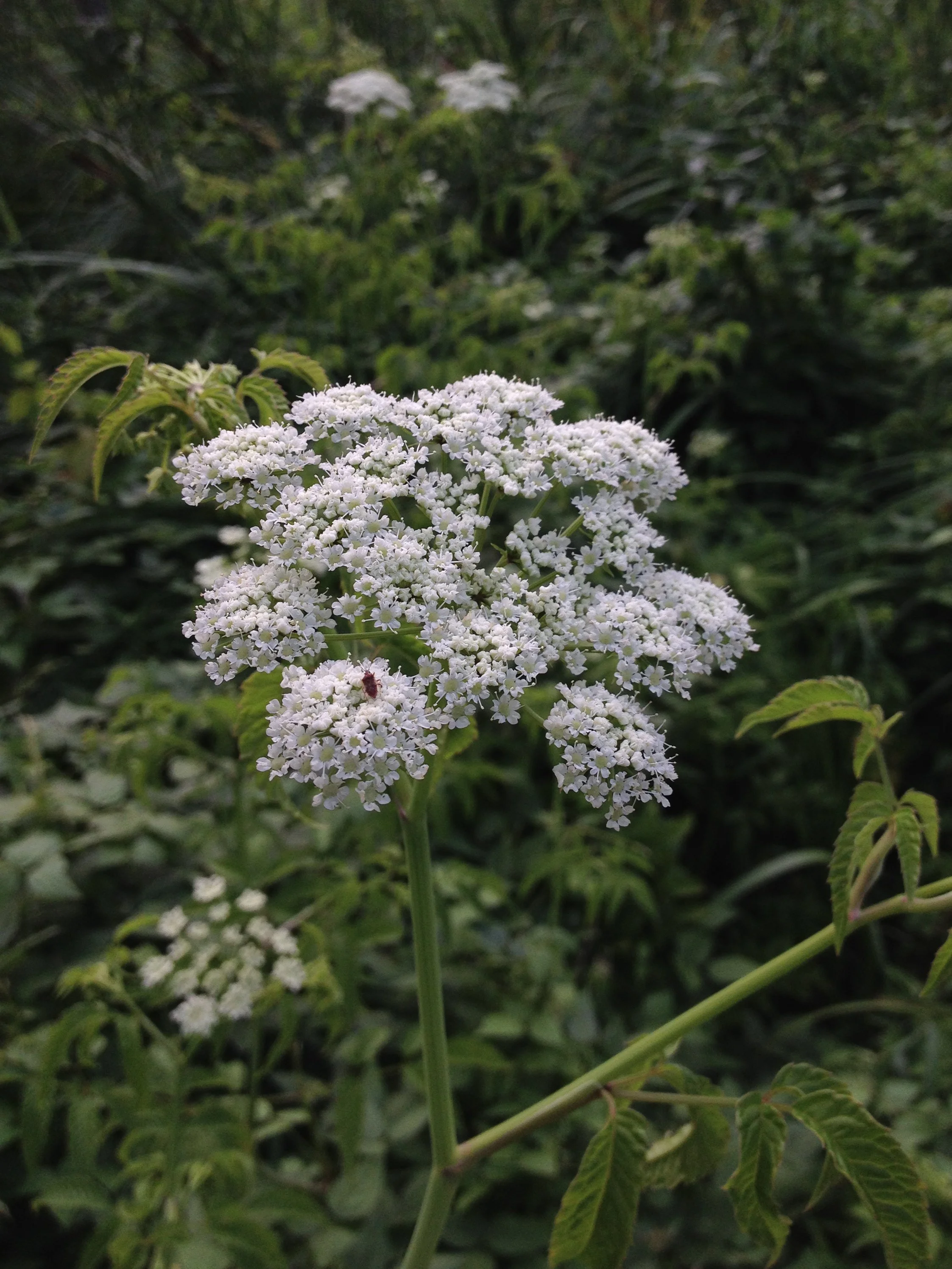
Cicuta Magic: Protection, Banishment, and the Poisoned Threshold
Cicuta, or water hemlock, is one of the most toxic plants known, yet in witchcraft it symbolizes protection and banishment. Explore its magical uses, folklore, and safe symbolic practices, and learn how this poisonous plant serves as a fierce guardian in ritual and spiritual traditions.
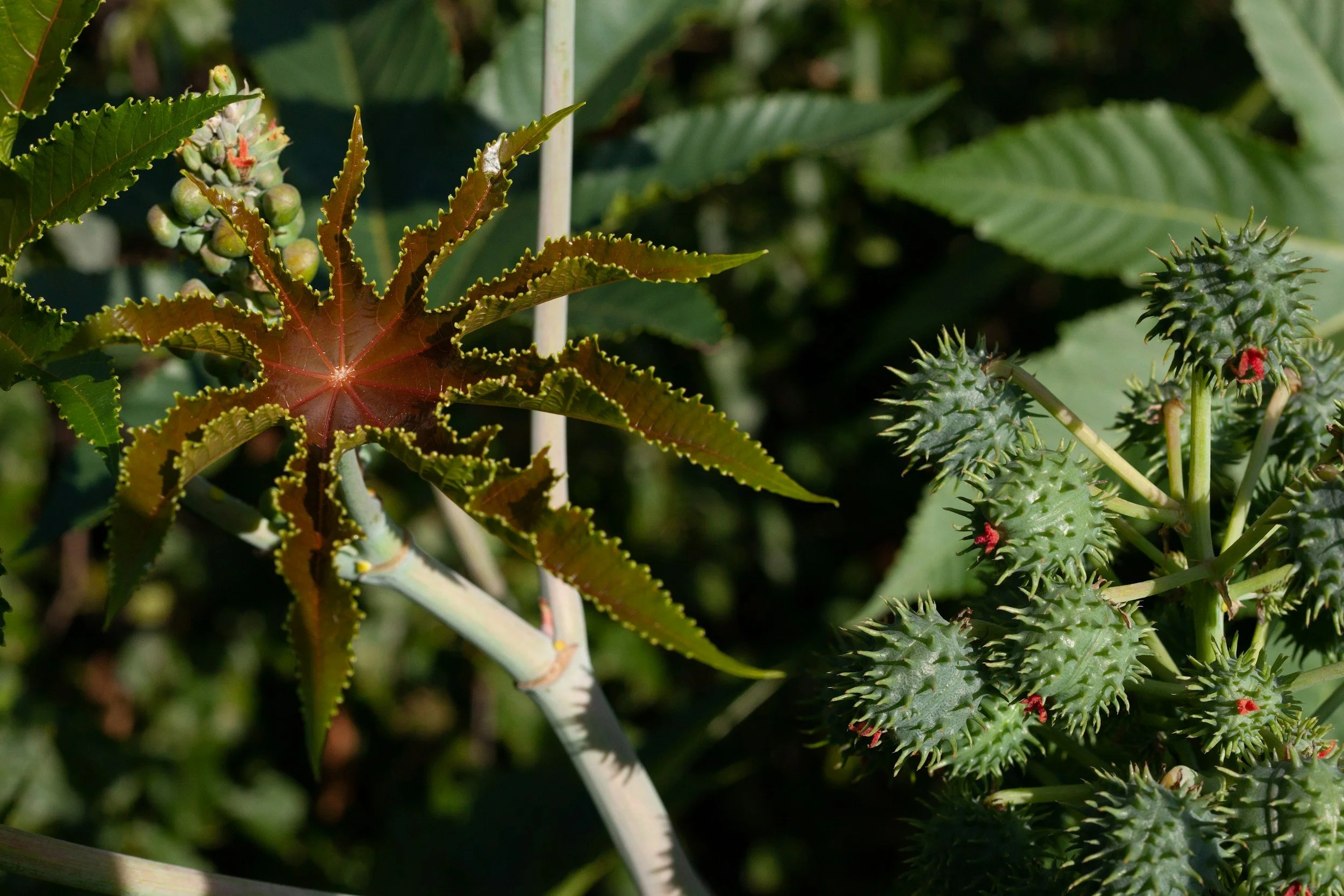
Castor Bean Magic: Protection, Cursing, and Transformation
Explore the magical and symbolic uses of castor bean (Ricinus communis). From protection and exorcism to cursing and transformation, this toxic yet powerful plant has been revered in ritual traditions. Learn its history, safe practices, and how to work with its metaphysical energy in protection magic, spiritual cleansing, and transformation rituals.

Bellwort (Uvularia): The Guardian’s Lantern
Bellwort (Uvularia) is a slender, yellow-flowered plant tied to protection and psychic clarity. Known for use in charms, wards, and threshold magic, it is mildly toxic and invoked symbolically in witchcraft and folklore.
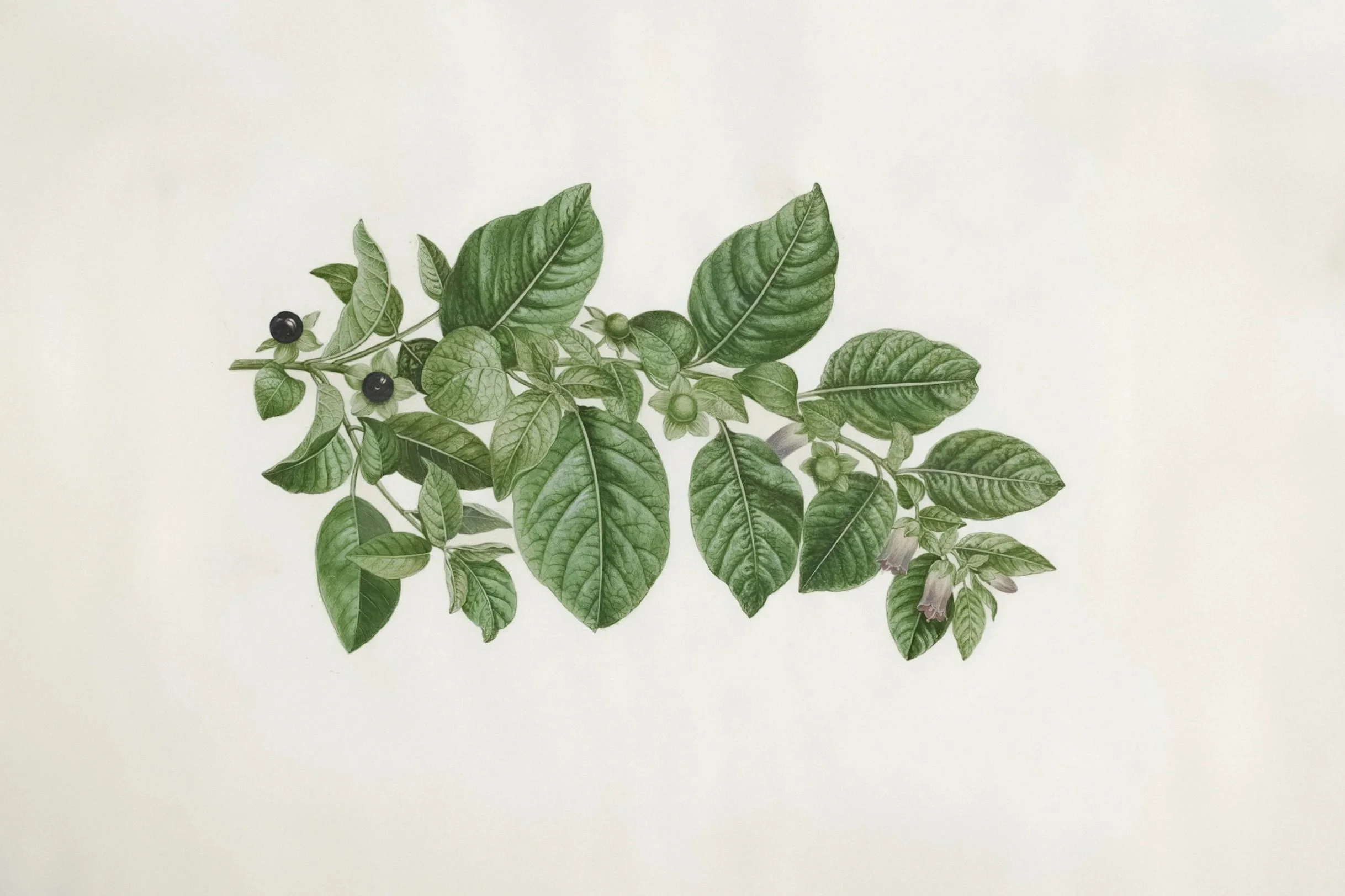
Belladonna (Deadly Nightshade): The Enchantress’s Poison
Belladonna, or Deadly Nightshade, is a plant of paradox—dark berries and green foliage tied to protection, divination, and love magic. Known for psychic enhancement and banishing spirits, it is deadly toxic and used only symbolically in witchcraft. Explore its magical uses, ritual traditions, and metaphysical effects safely.
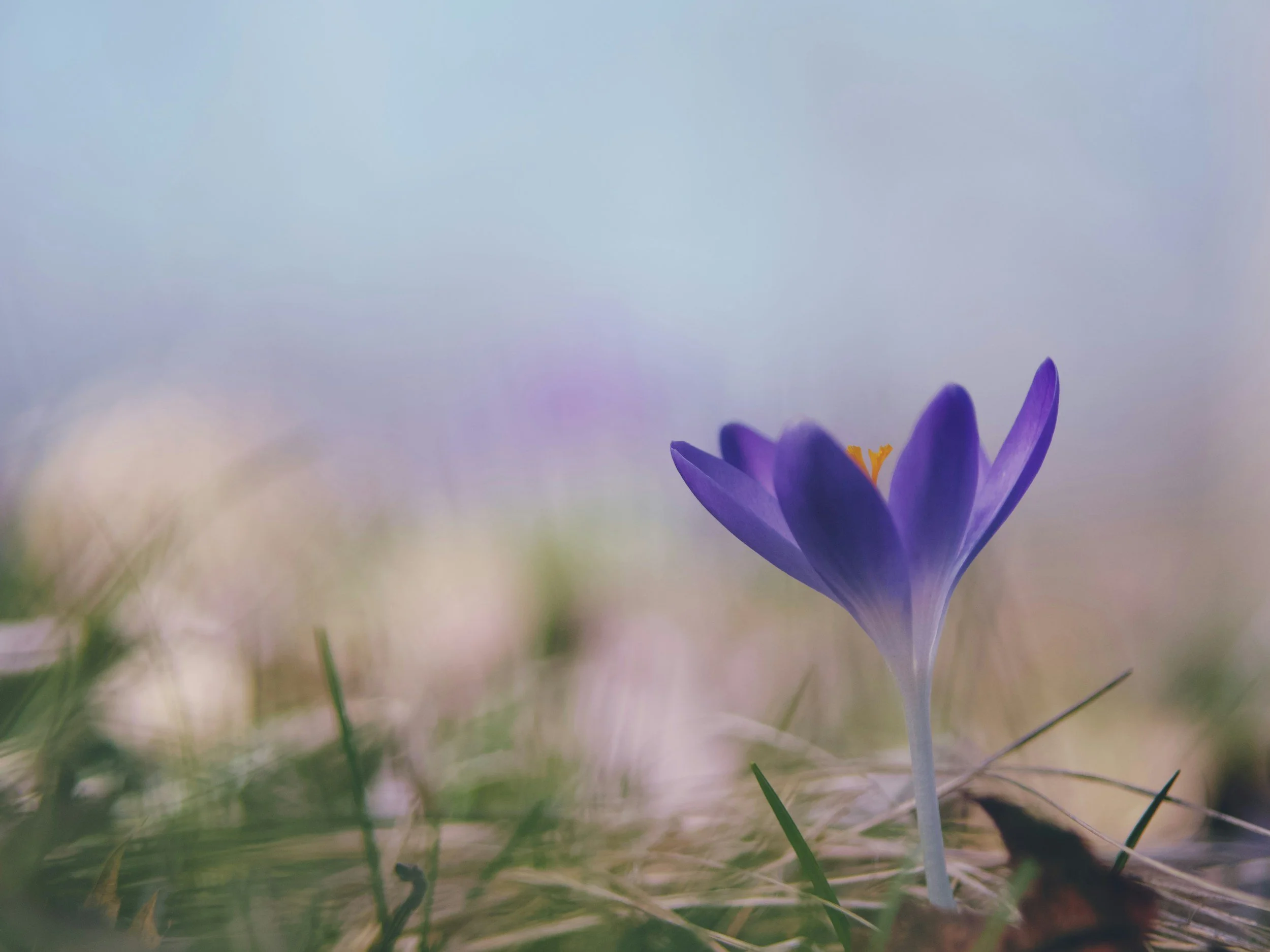
Autumn Crocus (Colchicum): The Poison Path’s Bloom of Transformation
Autumn Crocus, or Colchicum, is a purple-pink flower tied to protection, transformation, and divination. Though all parts are poisonous, it holds deep magical potency in folklore and witchcraft, symbolizing foresight, renewal, and the mysteries of the Poison Path. Learn its ritual traditions, metaphysical energy, and safe symbolic practices.

Arum (Jack-in-the-Pulpit, Calla Lily): The Hooded Flower of Protection and Mystery
Arum, known as Jack-in-the-Pulpit or Calla Lily, is a hooded flower linked to protection, banishment, and ritual secrecy. Though toxic if ingested, it has long been used symbolically in folklore and witchcraft to guard sacred spaces, cloak intentions, and veil rituals in silence. Explore its magical uses, ritual traditions, and metaphysical effects.
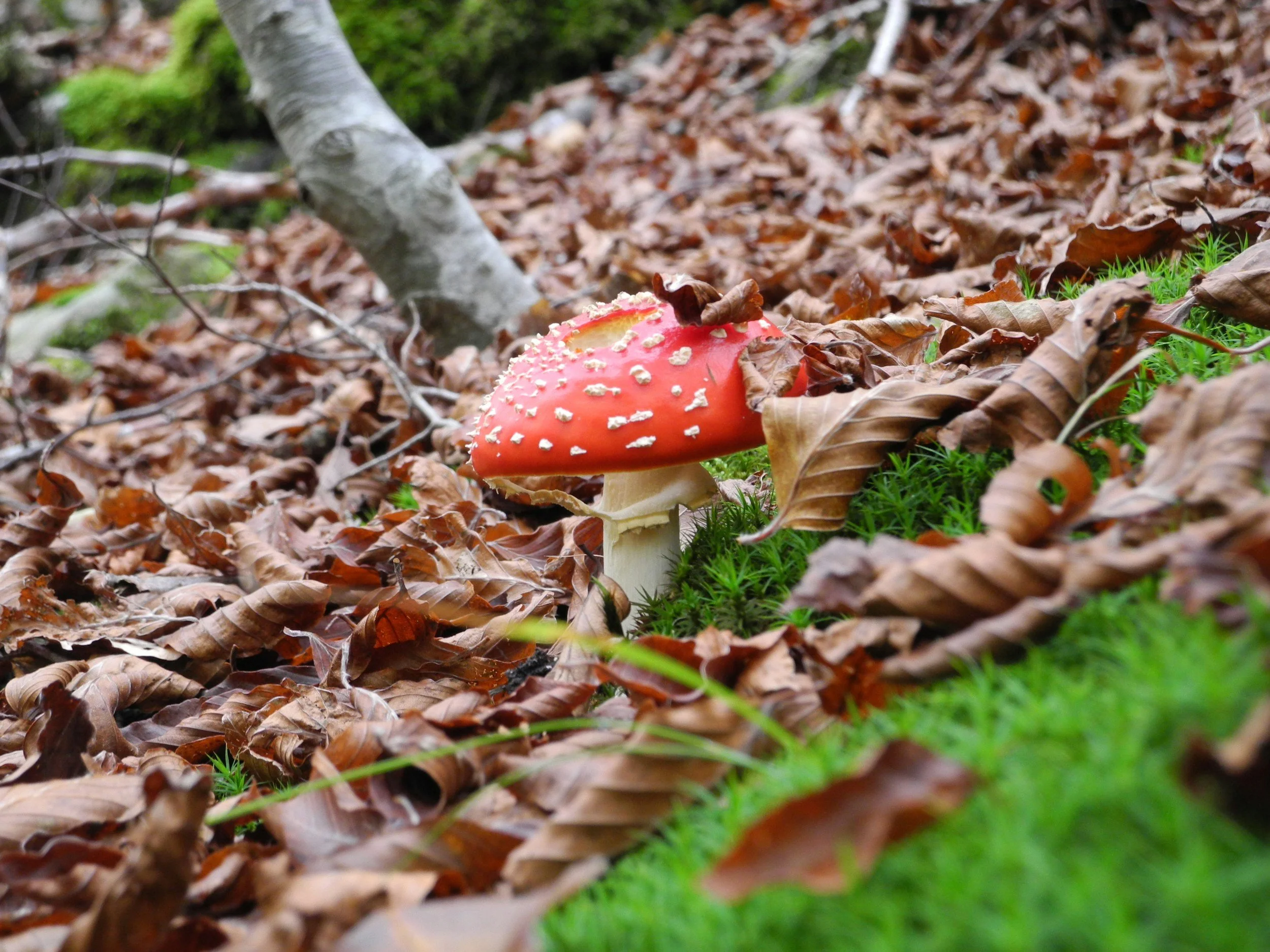
Amanita Mushrooms (Fly Agaric): The Red-Capped Doorway to Other Realms
Amanita mushrooms, also known as Fly Agaric, are iconic red-and-white toadstools tied to transformation, shamanic rituals, and spirit journeys. While toxic if ingested, they are revered in folklore, witchcraft, and visionary magic as gateways to altered states, psychic vision, and astral exploration. Discover their symbolic power and safe ways to honor their mythic energy.
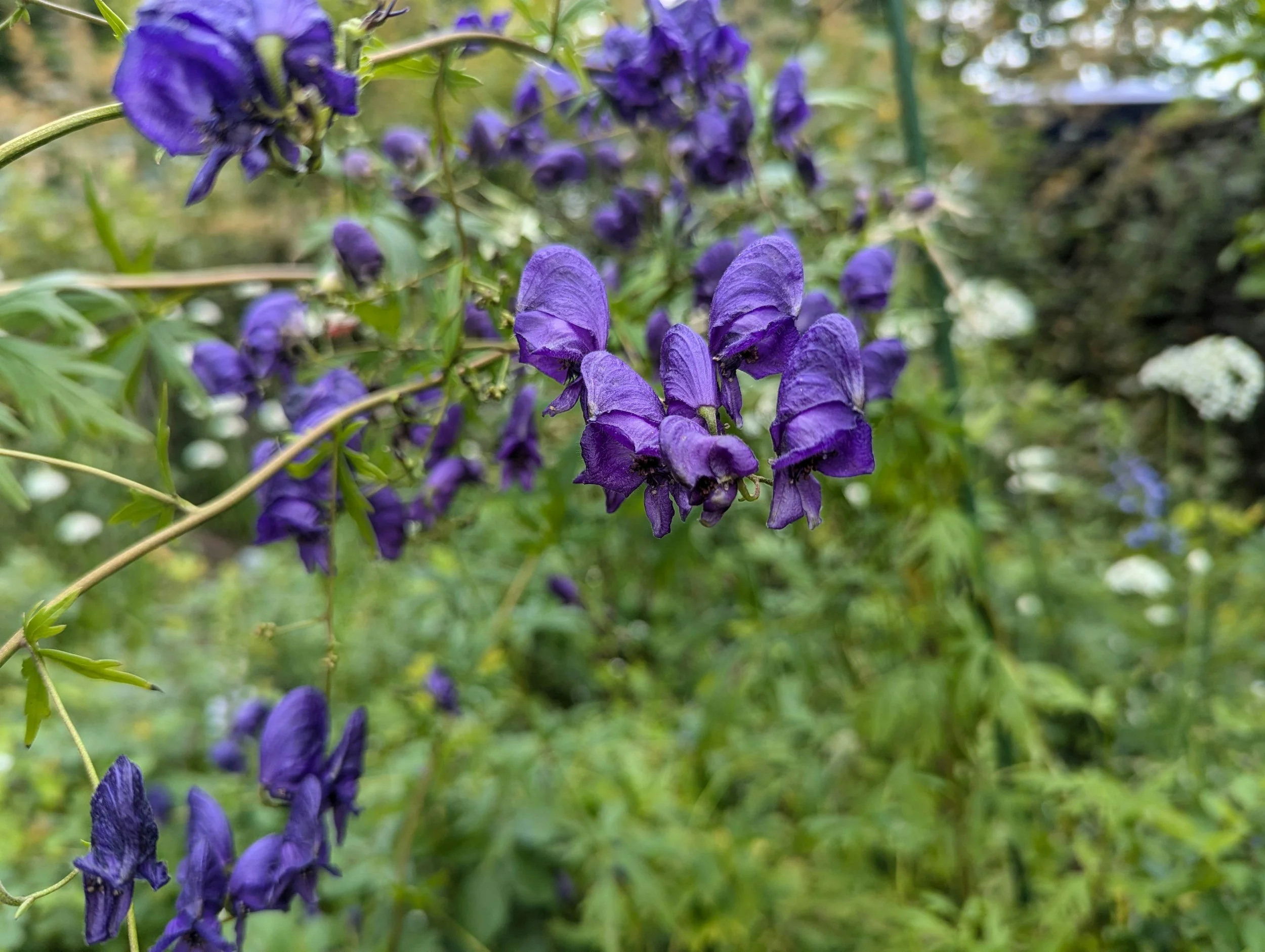
Aconite (Wolfsbane): The Poisonous Guardian of Witches’ Lore
Aconite, or Wolfsbane, is a deadly yet mystical herb rooted in witchcraft and folklore. Known for protection, banishing, and warding off spirits, it has long been used symbolically in talismans, rituals, and magical boundaries. Learn its lore, ritual traditions, metaphysical energy, and safe ways to honor its power without risking its toxic touch.